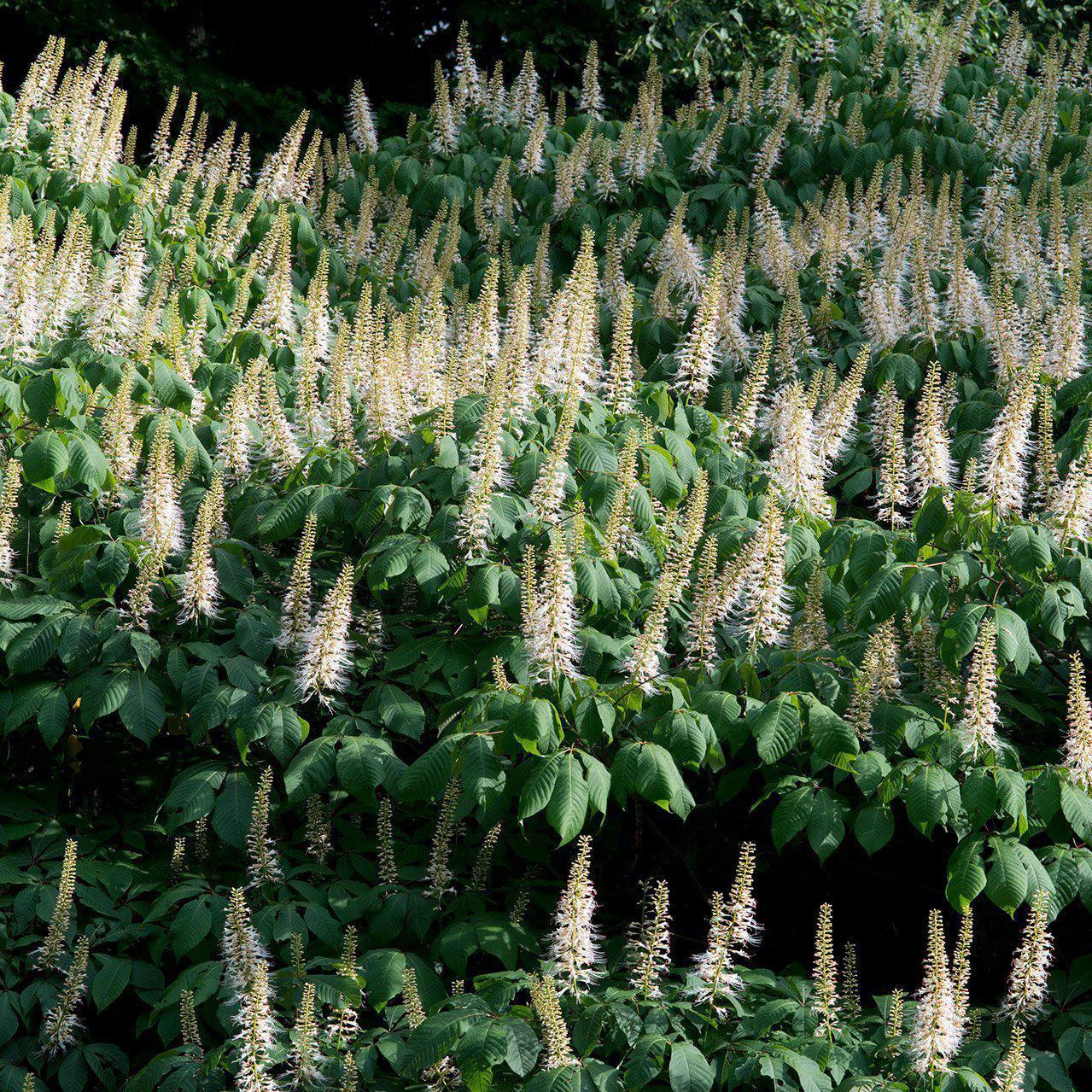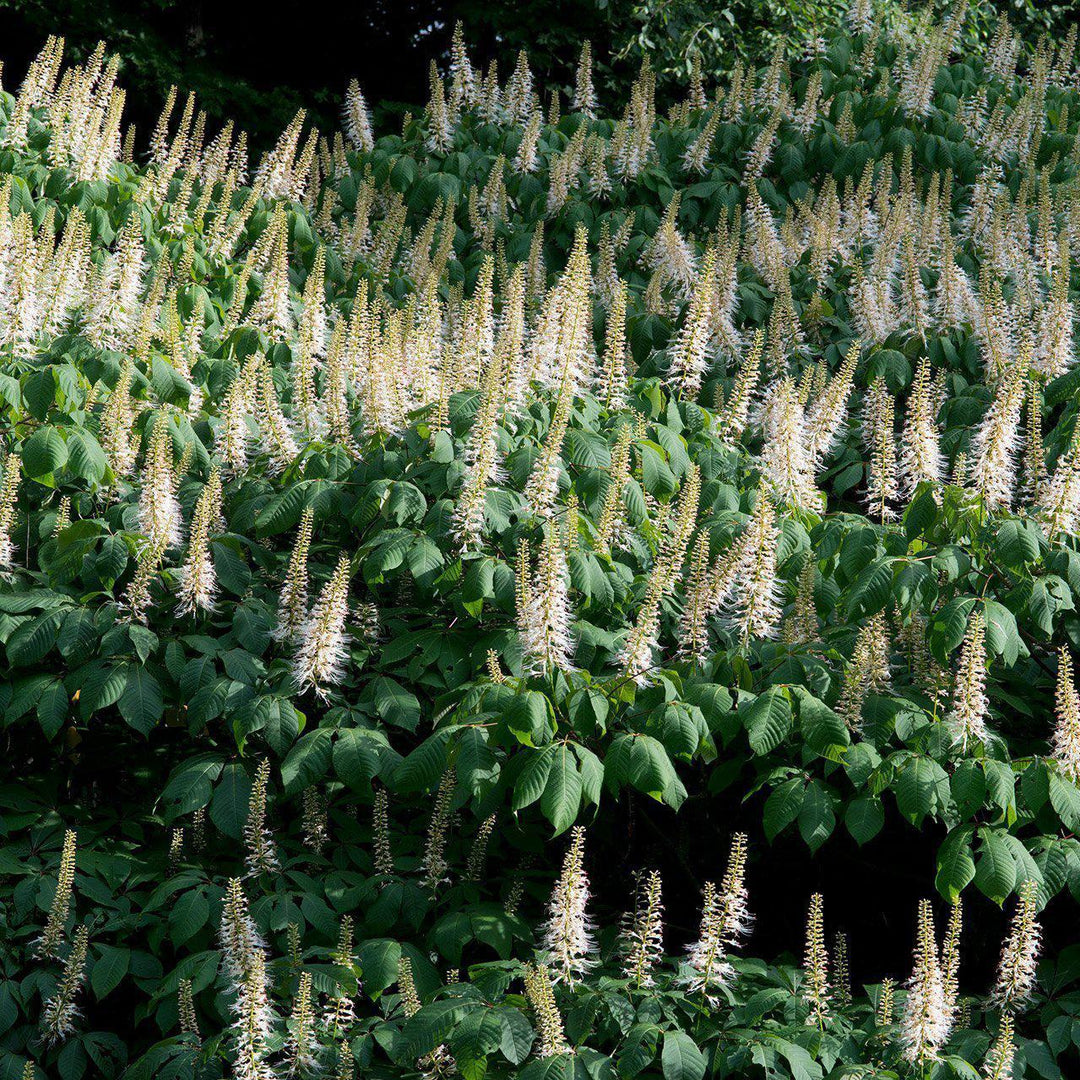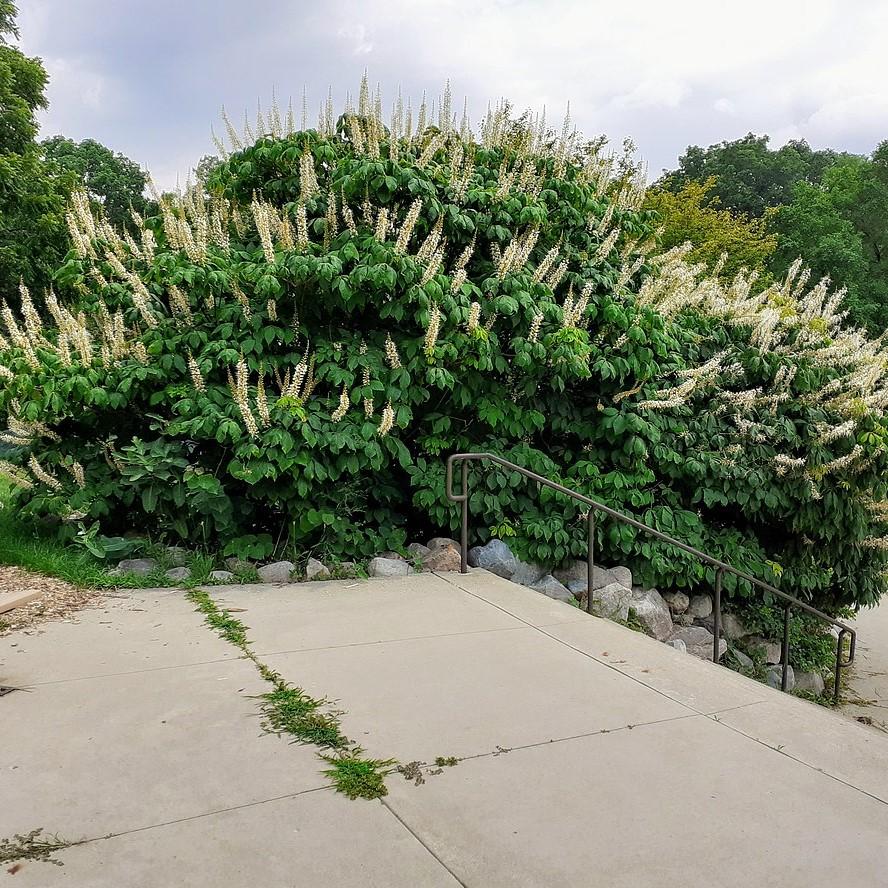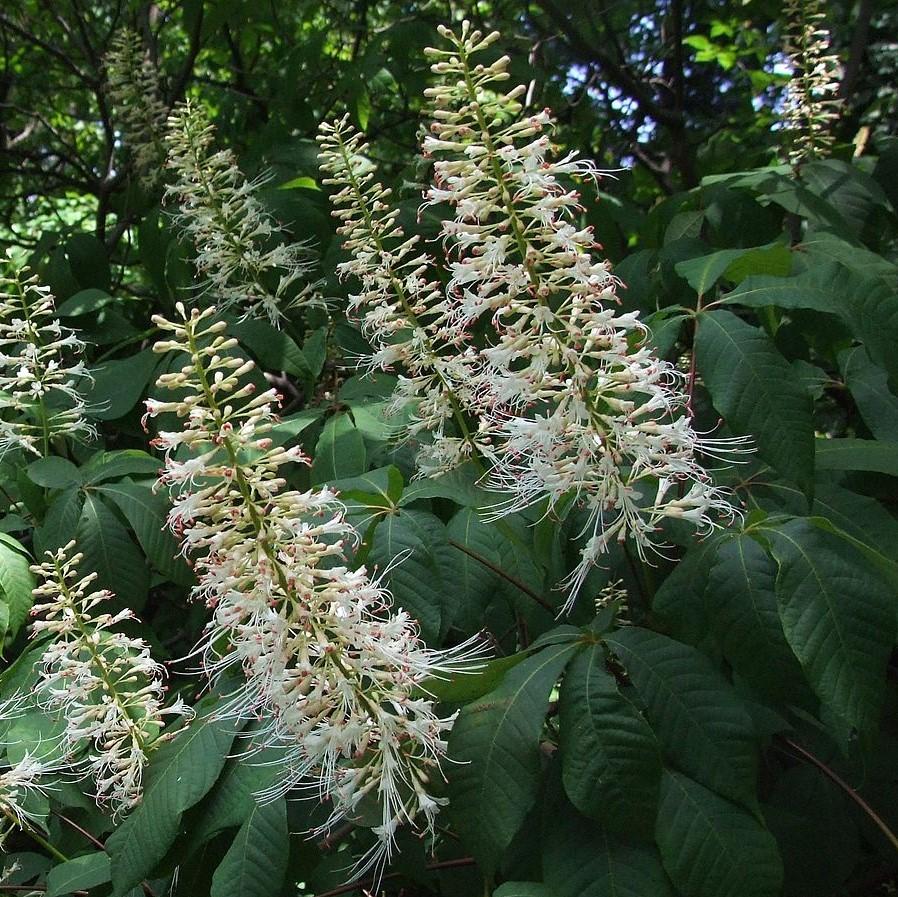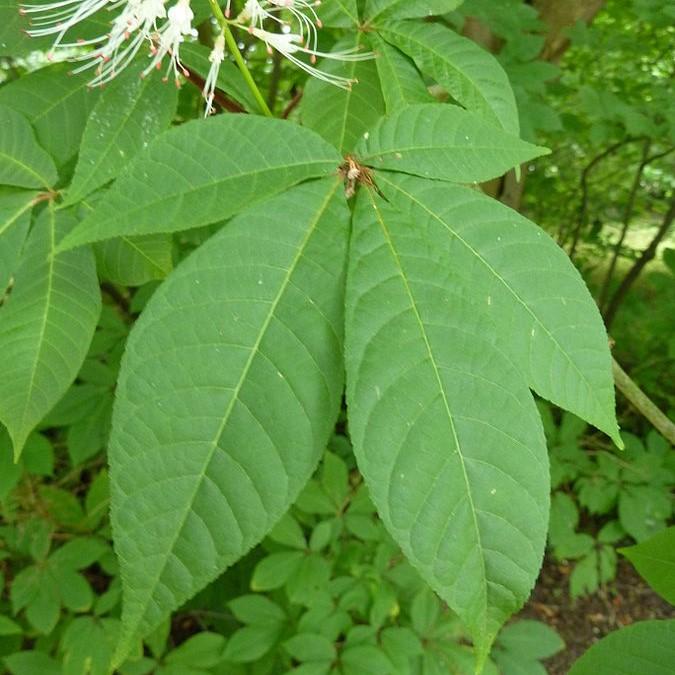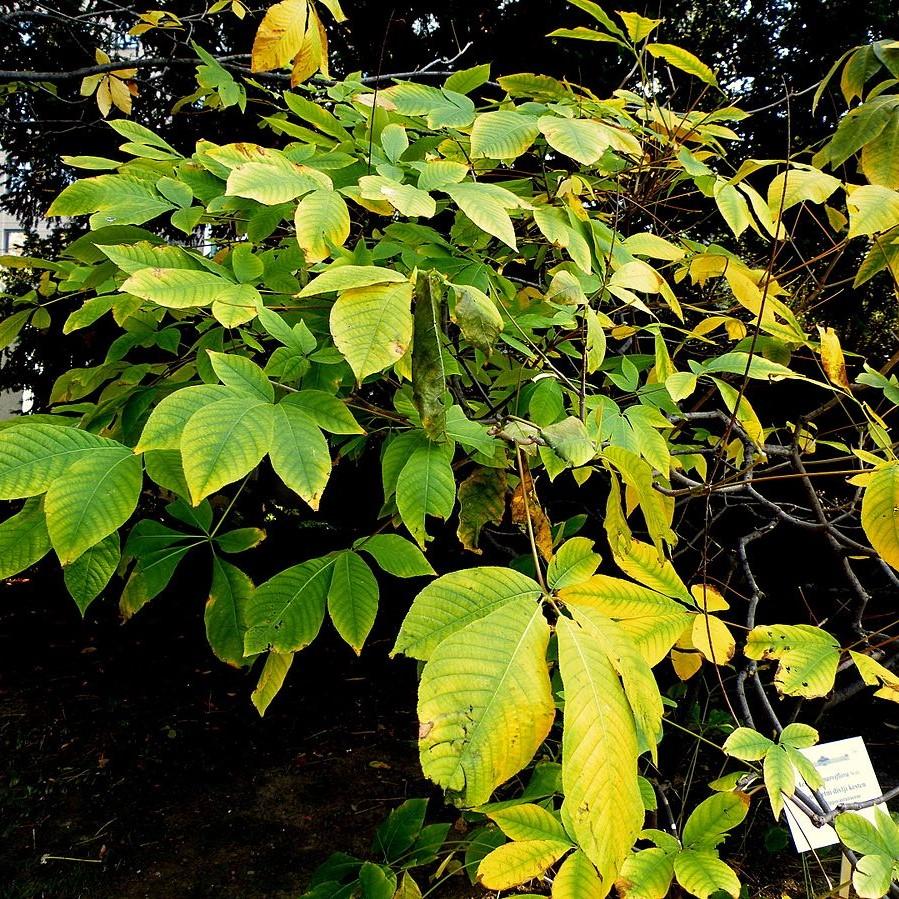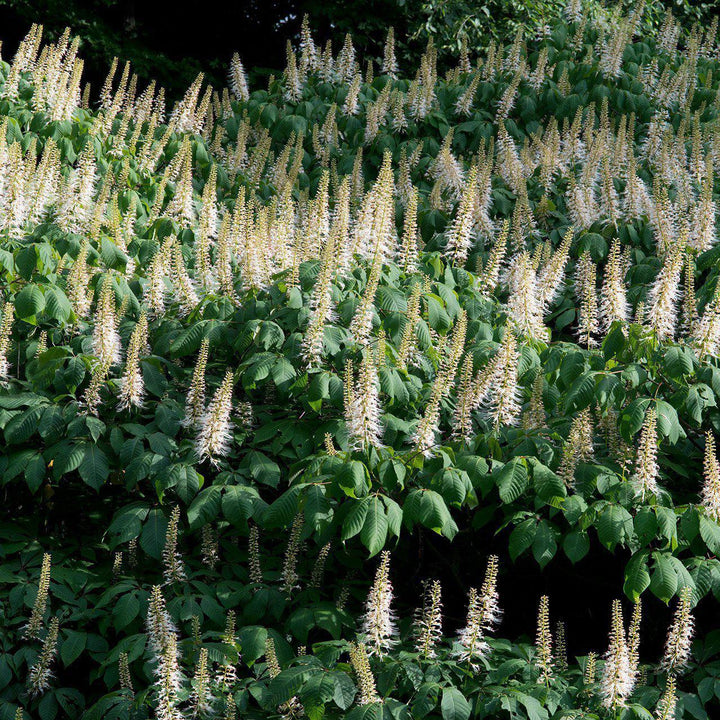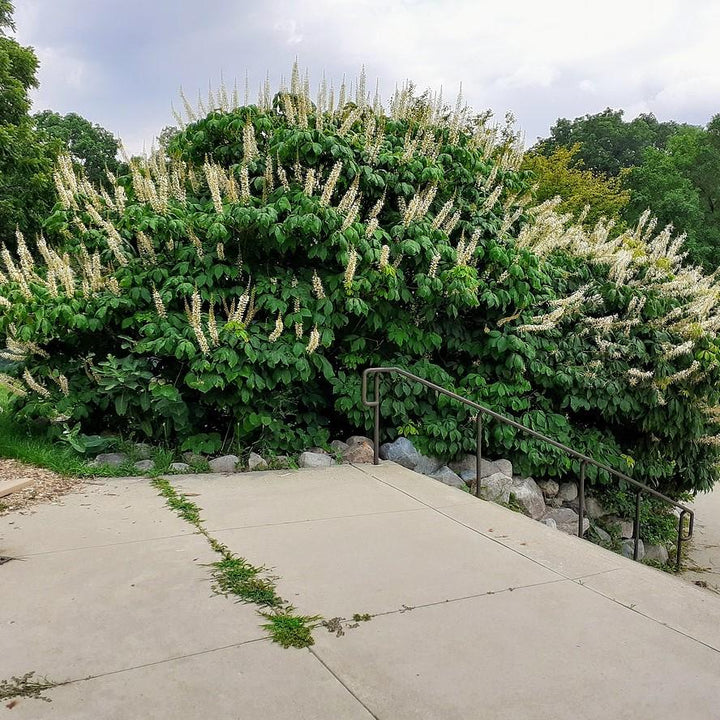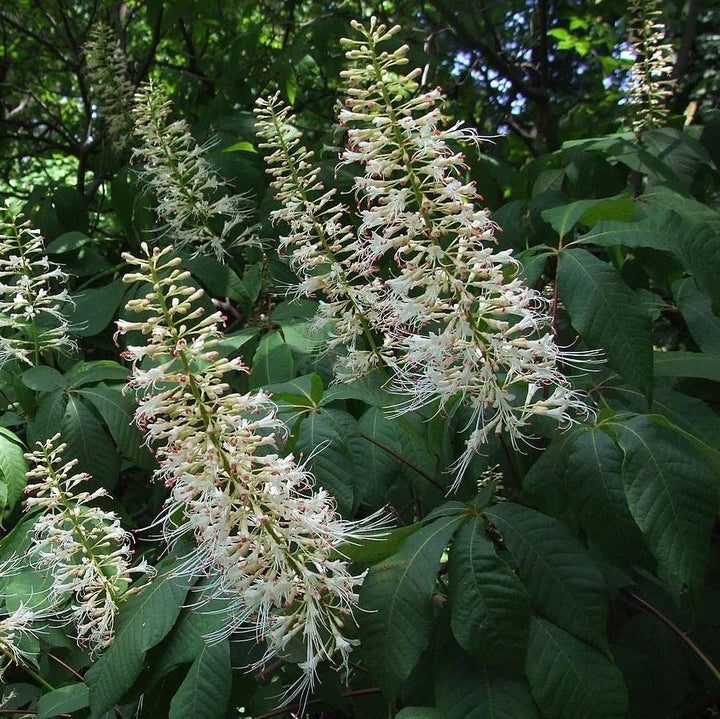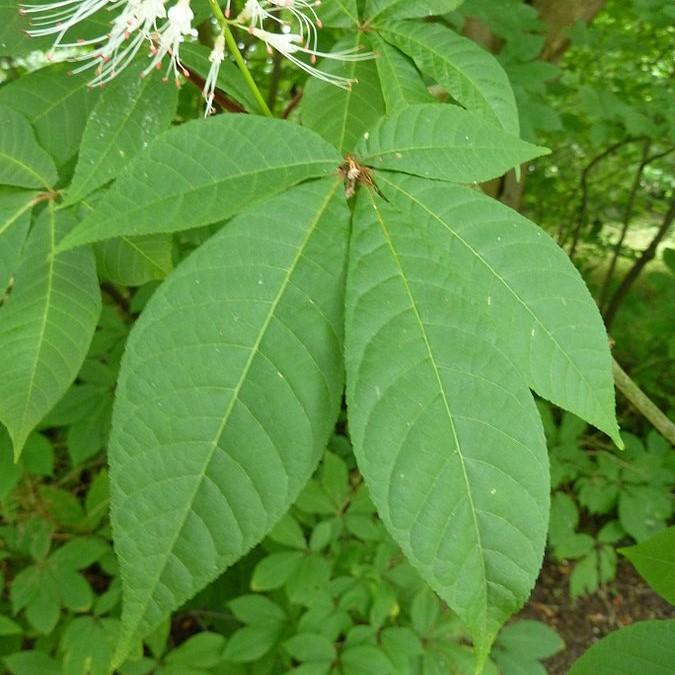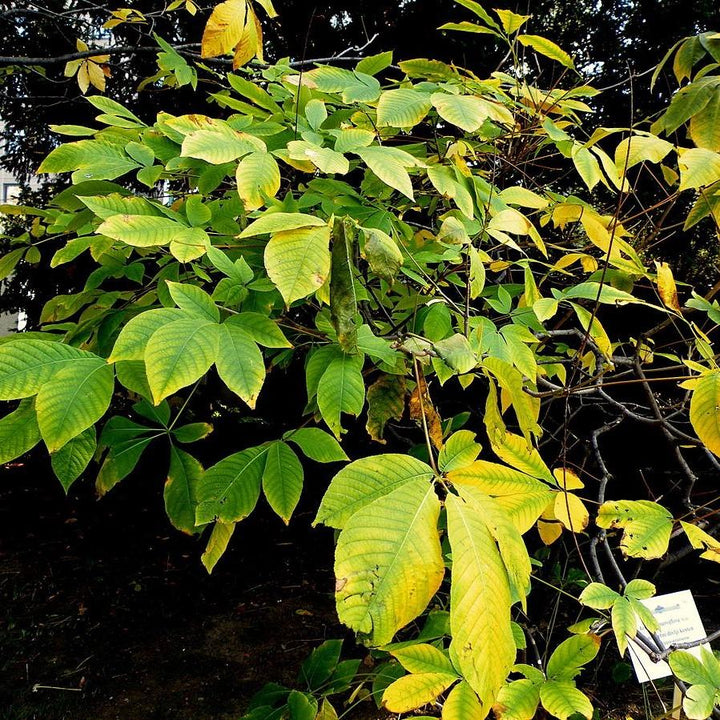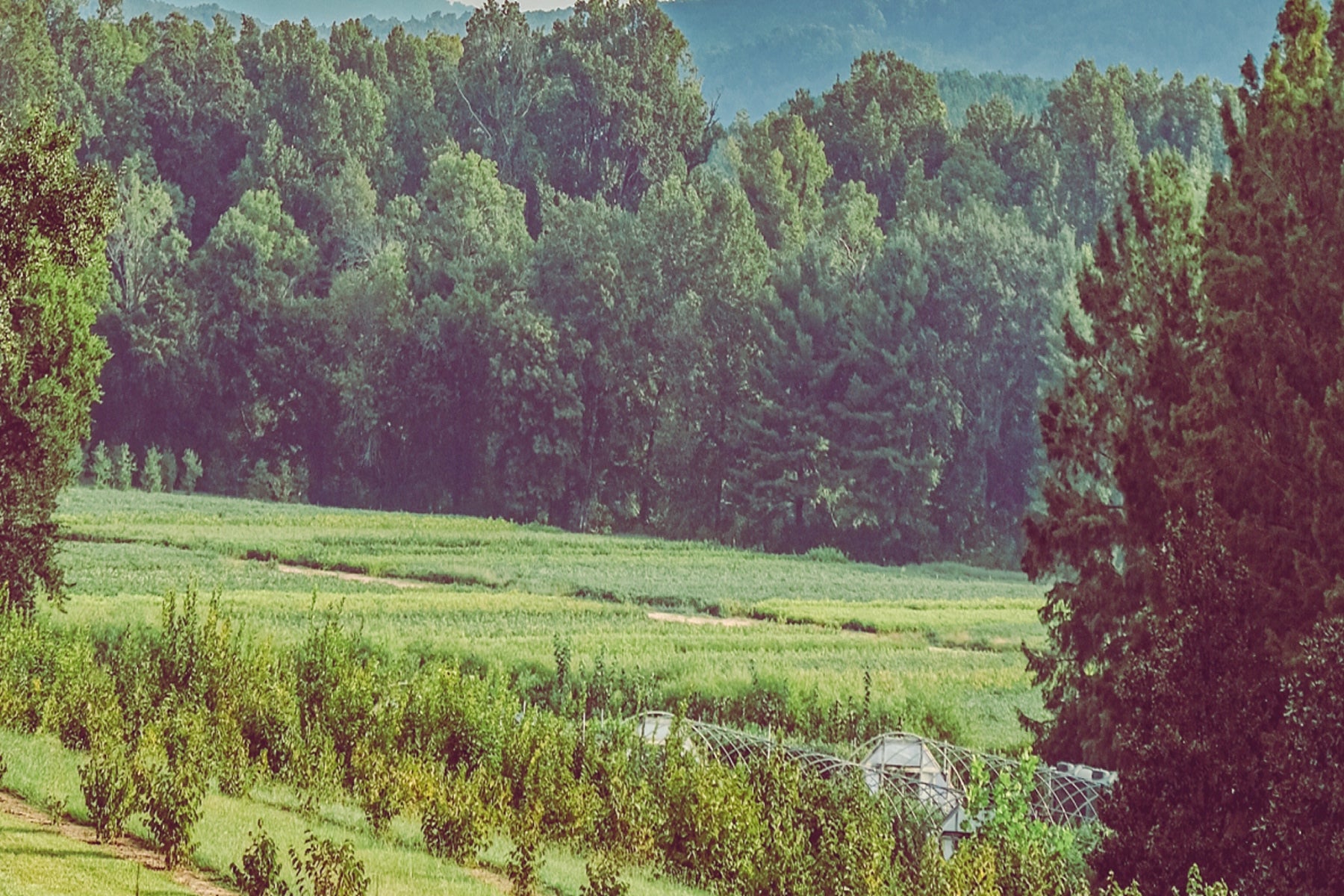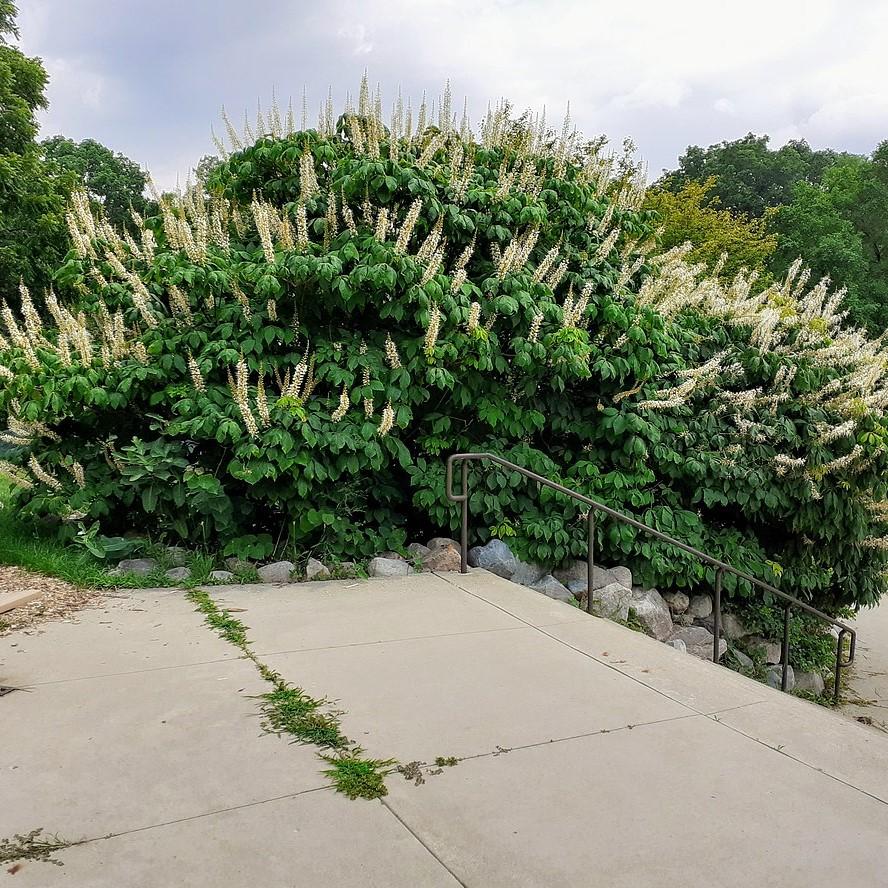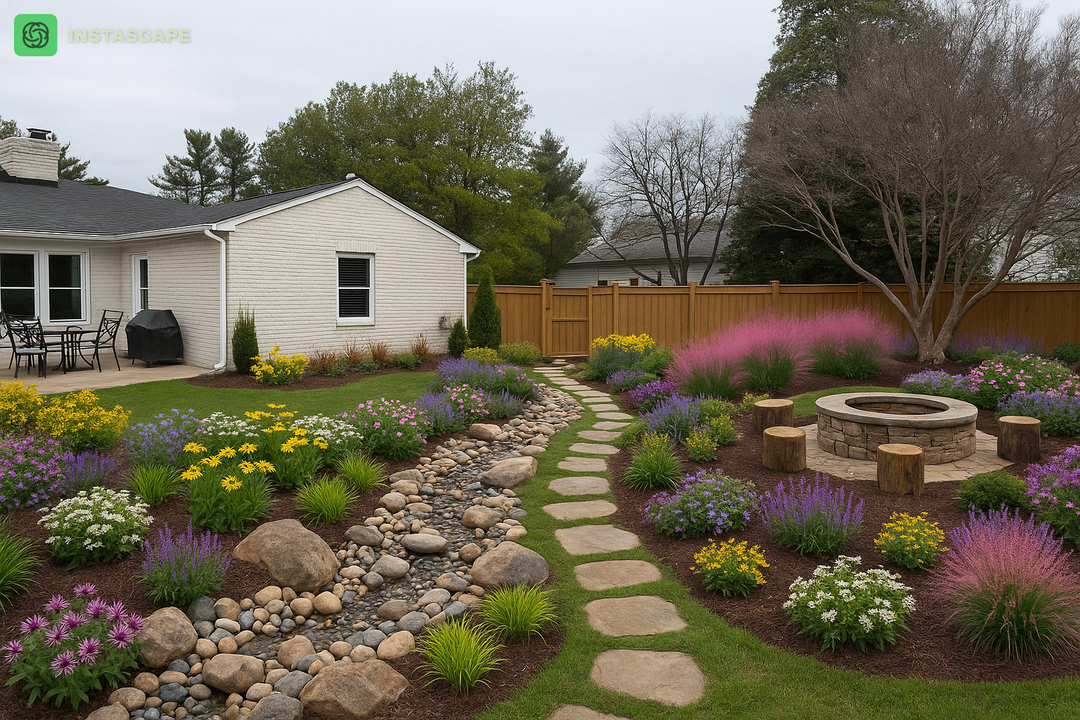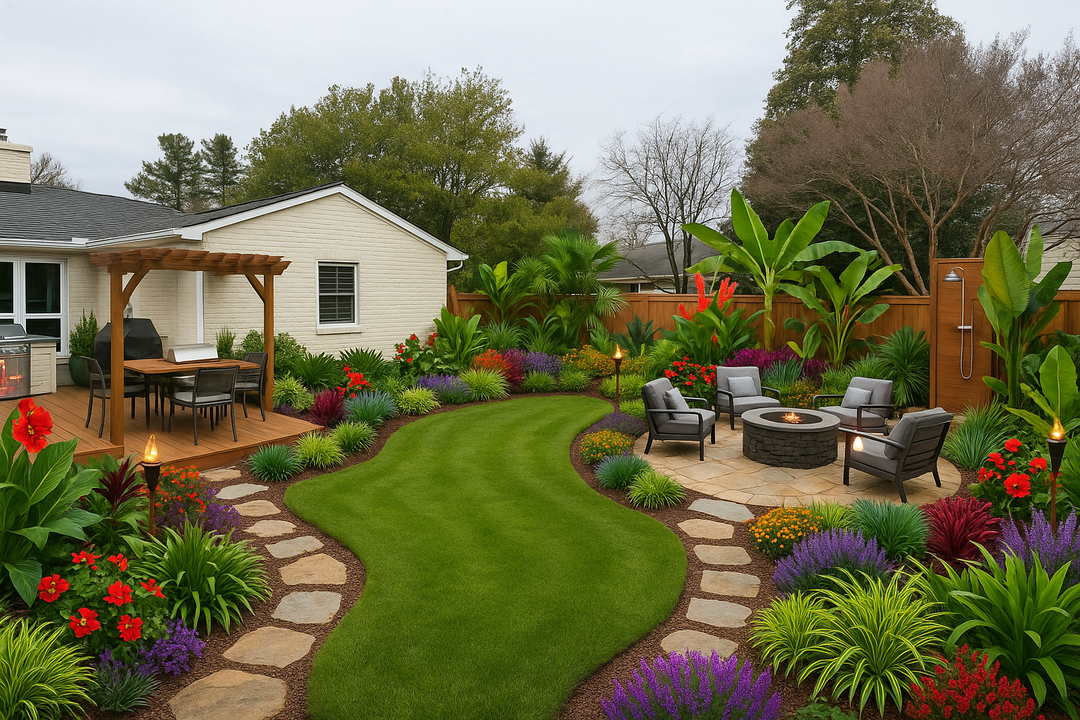Buckeye Bottlebrush, also known as Aesculus parviflora, is a deciduous shrub that is native to the southeastern United States. It's known for its unique, bottlebrush-like white flowers in summer and its attractive, compound leaves.
This plant typically grows to a height of 8-12 feet with a similar or slightly larger spread. It prefers full sun to part shade and thrives best in well-drained, moist, fertile soils. The Buckeye Bottlebrush is a great choice for woodland gardens, shaded borders, or as a specimen plant in the landscape.
The flowers of the Buckeye Bottlebrush are white and appear in long, upright clusters in the summer. The leaves are compound and have a dark green color that turns yellow in the fall.
It's important to note that all parts of the Buckeye Bottlebrush are toxic if ingested, so it should be planted in areas away from pets and children.
|
Type: |
|
|
Origins: |
Southeast N. America, GA Native |
|
Height: |
8' - 12' |
|
Spread: |
8' - 15' |
|
Spacing: |
10' |
|
USDA Hardiness Zone: |
4 - 7 |
|
Culture: |
|
|
Bloom Color: |
White |
|
Season of Interest: |
MAINTENANCE NEEDS: Low maintenance. Watering can be reduced after establishment.
LANDSCAPE USES: Accents or Group Plantings, Borders, Woodland Gardens, Naturalized Areas, Ponds and Streams, Foundation Plantings, and Hedges.
COMPANION PLANTS: Heuchera, Hosta, Red Maple
IMAGES: Magnus Manske, P1000645 Aesculus parviflora (Bottlebrush Buckeye) (Hippocastanaceae) Flower, CC BY-SA 3.0, (2) Lance E Sloan, Aesculus parviflora blooming, CC BY-SA 4.0 (3) Jerzy Opioła, Aesculus parviflora 1-OB9, CC BY-SA 4.0, (4) Magnus Manske, P1000653 Aesculus parviflora (Bottlebrush Buckeye) (Hippocastanaceae) Leaf, CC BY-SA 3.0, (5) Marija Gajić, Aesculus parviflora (3), CC BY-SA 4.0
*As plants have ranges in appearance they may not appear as the images shown.

